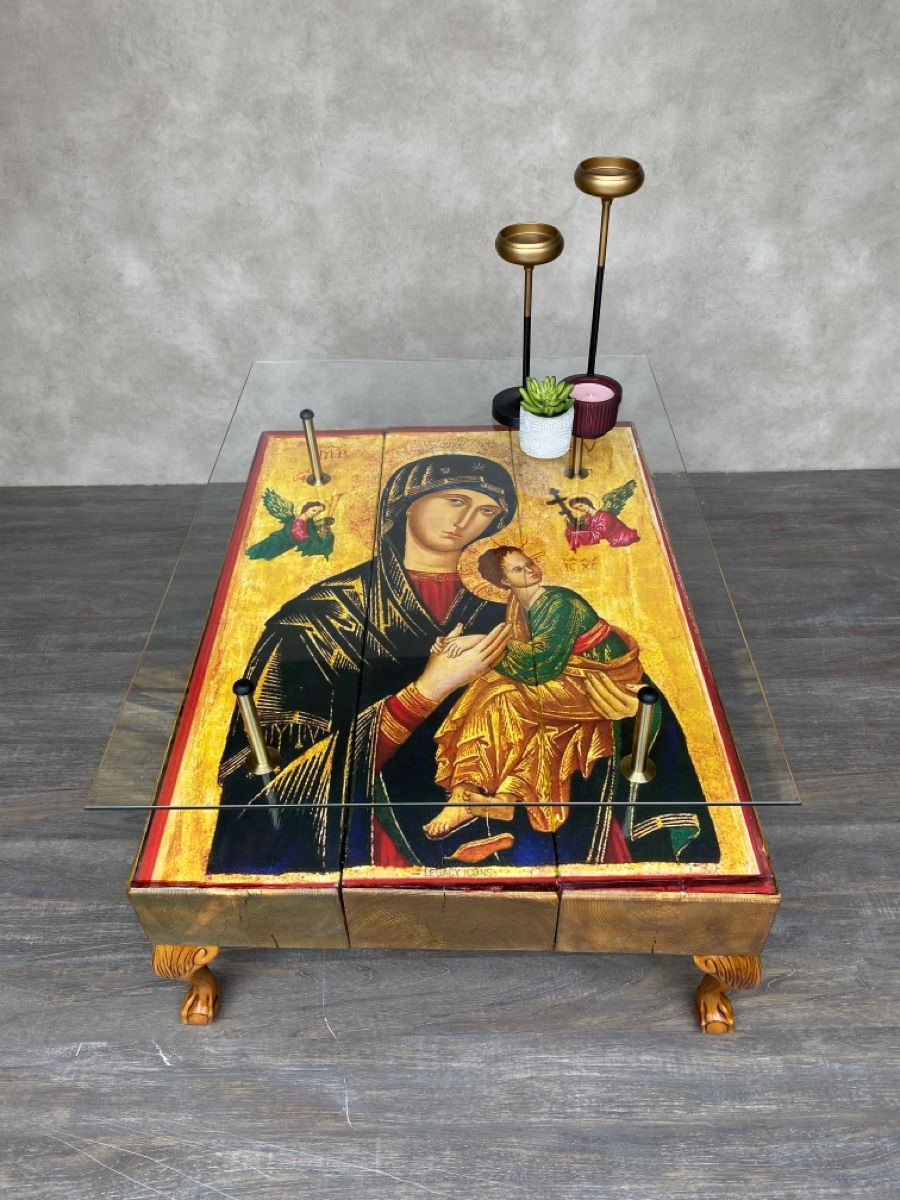
Religious furniture plays a significant role in the practice of various faiths around the world. From pews and altars in churches to prayer mats and minbars in mosques, these pieces of furniture hold great importance in the religious experience of individuals and communities. Religious furniture is often designed with specific symbolism and functionality in mind, serving as a focal point for worship, meditation, and connection with the divine. These pieces are crafted with meticulous attention to detail and are often adorned with intricate carvings, religious symbols, and sacred texts. In addition to their practical functions, religious furniture also serves to create a sense of sanctity and reverence within sacred spaces, fostering a deeper spiritual connection for worshippers. Whether it be a Torah ark in a synagogue or a Buddha statue in a temple, religious furniture plays a vital role in the expression of faith and the rituals of religious practices.
Religious furniture plays a significant role in various places of worship including churches, mosques, temples, and synagogues. These pieces of furniture are not just functional but also symbolize the beliefs, traditions, and practices of the respective faiths. For example, the altar in a church is a central focal point where various rituals and ceremonies take place, while the pulpit is where the clergy delivers sermons and teachings to the congregation. In mosques, mihrabs facing Mecca indicate the direction of prayer, and the minbar is where the imam stands to deliver the Friday sermon.
The design and placement of religious furniture are carefully thought out to create a harmonious and sacred space for worshipers. For instance, in Hindu temples, the intricate carvings and decorations on the furniture reflect the rich mythology and cultural heritage of the religion. In synagogues, the ark, which houses the Torah scrolls, serves as a visual representation of the holiness of the scriptures. In Islamic mosques, the minbar is often adorned with ornate calligraphy and geometric designs, adding to the spiritual ambiance of the prayer hall.
Overall, religious furniture serves both practical and symbolic purposes in places of worship. They not only provide functionality and organization for ceremonies and rituals but also serve as visual representations of the beliefs and values of the faith. As such, the careful selection and placement of religious furniture are essential in creating a sacred and conducive environment for worshipers to connect with their spirituality and divine beings.
 home decor trends
home decor trends



